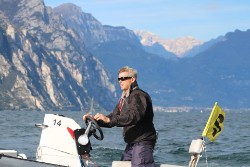
Welcome to the International Class Association website for the RS Aero. Here you will find all there is to know about the RS Aero including the latest news, how to register your boat, and links to relevant documents.
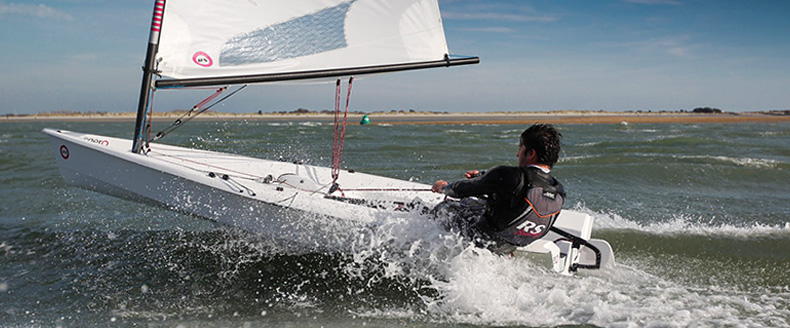
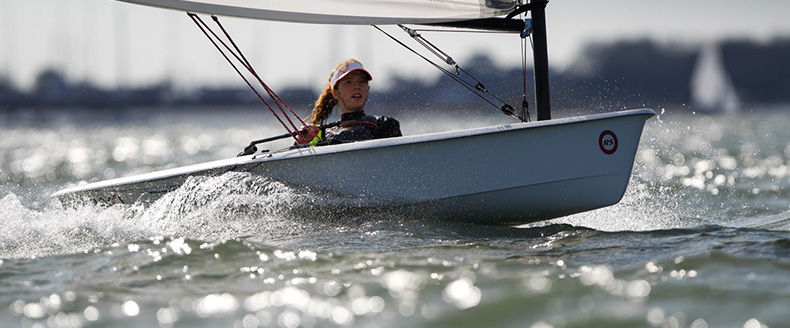
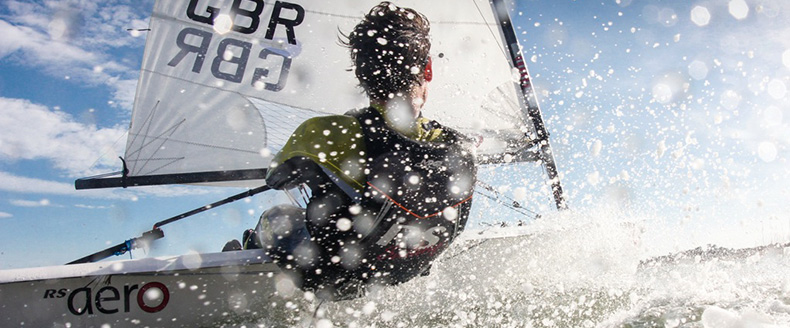
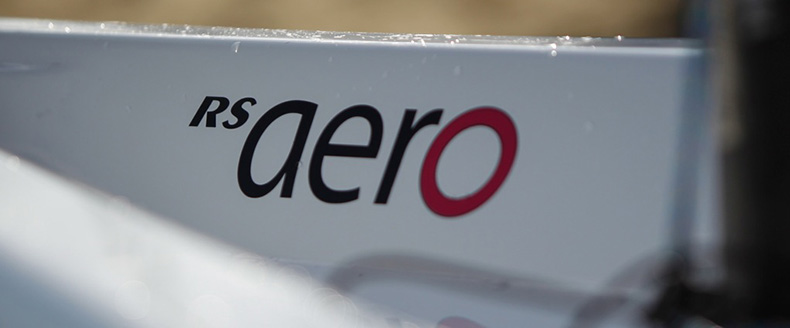
| Home >> Sailing Tips & Technique >> Running in Heavy Airs - Staying Fast and Safe! |
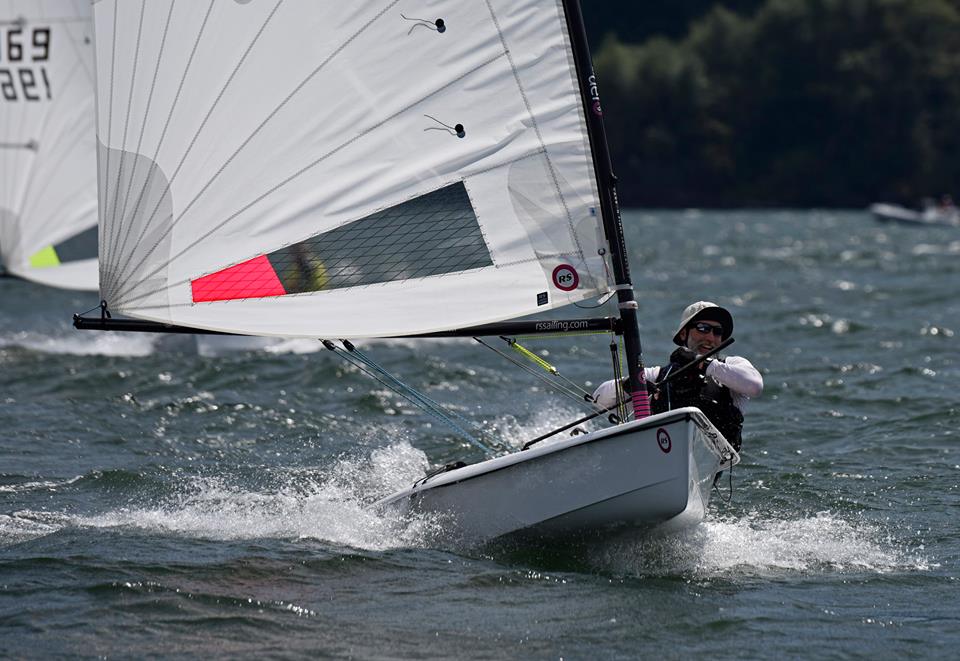 Running in Heavy Airs
Running in Heavy Airs Staying Fast and Safe!
Thanks to Dan Falk for his insights from the recent Puget Sound Spring Regatta 2019 - (CYC Seattle, USA) into sailing his RS Aero fast and safe down the run in heavy airs...
The CYC Seattle Puget Sound Spring Regatta was held on April 13/14th. The forecast was for winds above 20kn for the day, with a stronger front in the afternoon. Nearly all of us hit the water with our RS Aero 7 rigs. Races 1 and 2 were lovely with winds in the upper teens and low twenties. The wind built quickly in race three, and as the fleet was rounding the weather mark, the wind spiked. The nearby weather station at West Point recorded 30kn winds with gusts to 35kn.
I was on the run when it hit, and because it was already blowing in the mid twenties and above, already pretty set up for it. For me, that means my vang was relatively eased, and as the gust hit, it was a matter of sheeting in, moving back, and heading up slightly. From my perspective, downwind sailing in strong breeze requires setting up the boat so that you have maximum control. In keelboats, that means hoisting the chicken kite and taking a reef. In an RS Aero, we have just the one sail, but we can de-power pretty dramatically. Start with a lot of outhaul to flatten the sail. Then ease the vang to raise the boom and add twist to the top of the sail. Sheeting in pulls the centre of effort aft. With all of that twist, we effectively reduce the projected sail - think of a smaller triangle profile roughly perpendicular to the wind. With that lovely carbon rig, when big gusts hit, the rig bends away which further depowers the boat.
Once the rig is set up, avoid sailing dead downwind at any cost. I don’t know the physics but the stall of the sail produces instability and bad things happen. Having flow attached to the sail, either by the lee or broad reaching, is crucial. Flow across the sail is stable and predictable. Dead downwind is chaotic and unstable. Getting very comfortable transitioning between sailing by the lee and reaching is a first step toward heavy air confidence.
As for that race, I had my hands rather full as I passed the committee boat on the run, so I missed their attempts to hail me. Although I finished the course, dragging marks and a bit of carnage on the race course led to that race’s abandonment. We all met up in the clubhouse for a bite to eat and compare war stories!
RESULTS - Puget Sound Spring Regatta, CYC Seattle, April 2019
Photo - Dan Falk at the RS Aero US Champs in 2016 at The Columbia River Gorge - by Sean Tew
Reply
01/05/2019 16:06:00
Peter Barton
Posts: 4678





